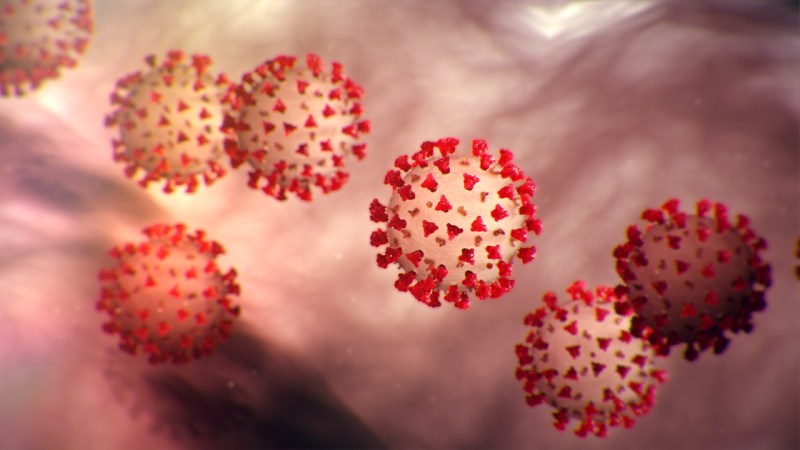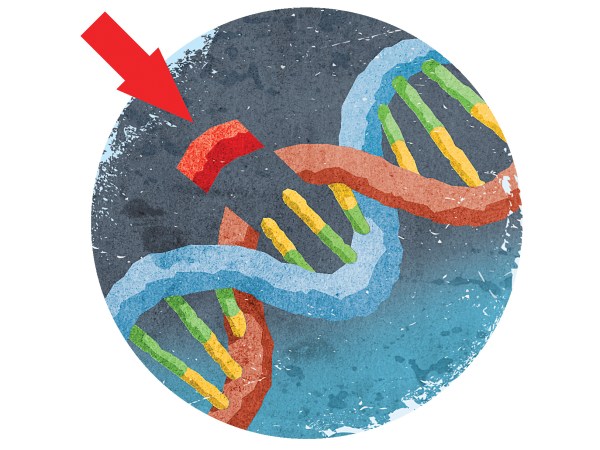

Many outlets are reporting that scientists have spotted a new strain of HIV for the first time in almost two decades. It would be reasonable to assume this was bad news. It certainly sounds as if the virus, which can lead to AIDS if it’s not treated, is suddenly mutating and on the move. But this is far from the truth. In fact, this new strain of HIV is actually *good* news.
For starters, the “new” strain is… not new.
“The subtype has been around as long as all the other strains have. We just didn’t recognize it as an official subtype until now,” study author Mary Rodgers, principal scientist of infectious disease research for Abbott Laboratories, told NBC.
And, as *Scientific American* reports, the very blood sample used to “discover” this strain has been sitting in a freezer since 2001. The only thing that’s changed since then is our ability to read the genetic sequence of such small amounts of viral DNA.
HIV is already known to be a diverse disease; for starters, it’s actually two distinct viruses. HIV-1 makes up the vast majority of all cases, as it spreads much more easily and progresses more rapidly to the deadly Acquired Immune Deficiency Syndrome (AIDS) without treatment. HIV-2 is concentrated primarily in West Africa and poses less of a threat, though is still eventually fatal for most untreated patients. But HIV-1 itself is classified into four groups, with most patients catching viruses from the “M” group. Genetic differences between *those* strains further divide cases into at least 10 sub-groups, which can be further distinguished as they combine to form hybrid viruses.
The “new” strain making headlines (which, again, is not new) is just one of the now 10 known members of the HIV-1 M family. Dubbed subtype L, researchers have actually spotted this variety of the virus on several occasions since its first detection in 1983. A new subgroup has to show up independently three times to be officially recognized, and subtype L’s third potential sample was too small for a full genetic sequence—until this latest study managed to crack its code, thanks to improved technology.
It’s important to track subgroups because some are more or less contagious than others, or have a slightly different impact on the body of an infected individual. Researchers also need to keep tabs on various strains so they can quickly recognize if they *do* start to mutate into more dangerous pathogens, or if they hybridize into something new.
Tracking all possible viral variants also makes it easier to spot HIV-positive blood in the global donor supply, which is something Rodgers’ lab specializes in. But there’s no reason to think this strain isn’t just as susceptible to available drugs as other forms of HIV. And in any case, it’s not common. “There’s no reason to panic or even to worry about it a little bit,” Anthony Fauci, director of the National Institute of Allergy and Infectious Diseases, told CNN. “Not a lot of people are infected with this. This is an outlier.”
“While interesting, this discovery is unlikely to have major public health implications at this time,” Meg Doherty, the World Health Organization’s coordinator for HIV treatment and care, told *PopSci* on Monday. ”Existing medicines should be effective against this new strain. And as there have only been a handful of such cases observed among people living with HIV, it should not be a cause for worry.”
The confirmation of a new strain does not mean HIV is becoming more dangerous, though it remains a serious public health threat. You can still rely on condoms to prevent the spread of HIV, and you can still count on testing to confirm your negative status. Antiretroviral treatment for HIV can still give patients an undetectable viral load, which makes it impossible for them to transmit HIV to a partner. This newly-confirmed subtype may not be particularly dangerous, but misleading headlines that serve to increase stigma and fear certainly can be.














